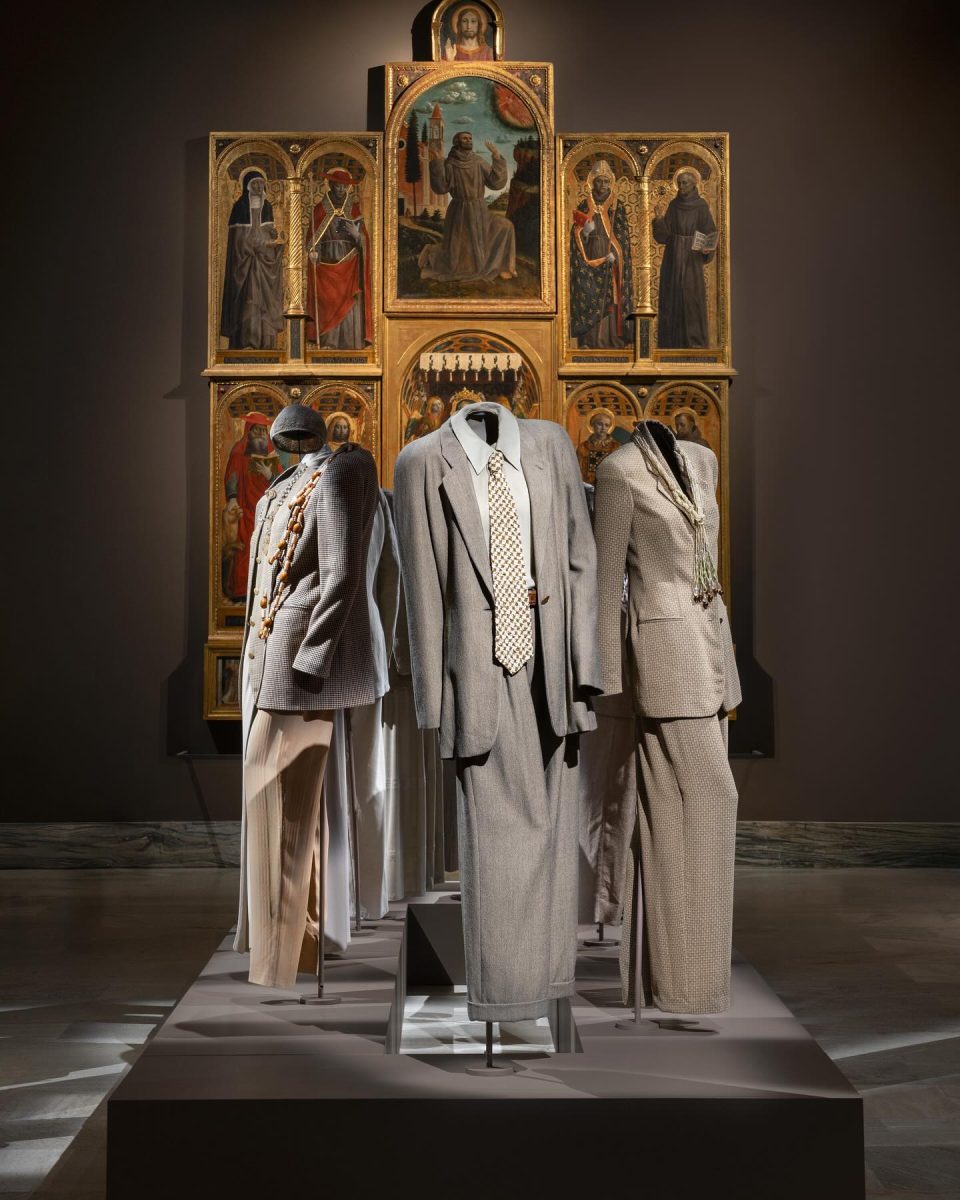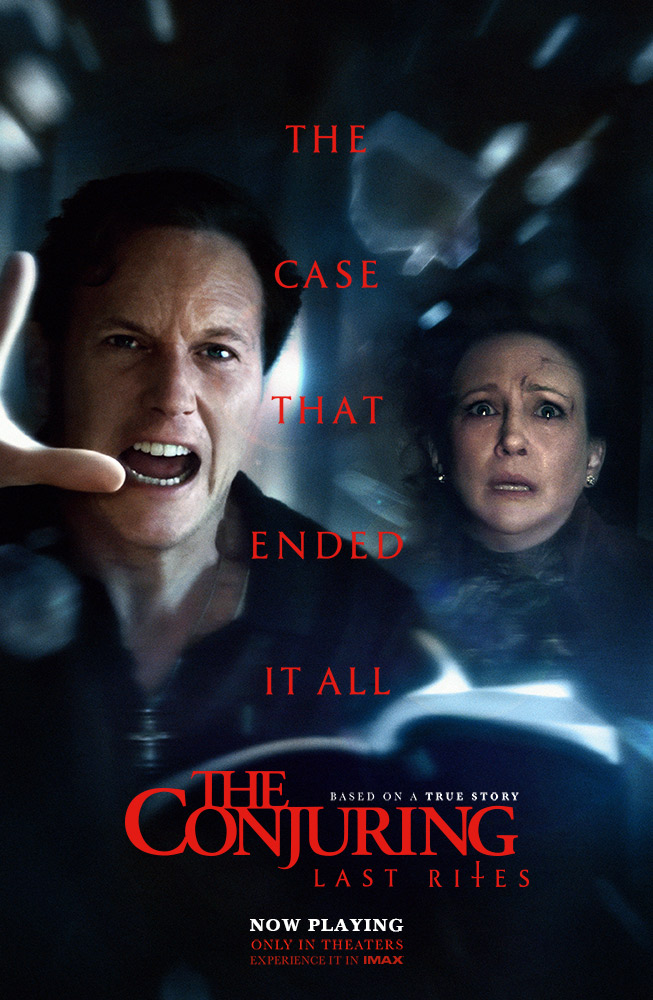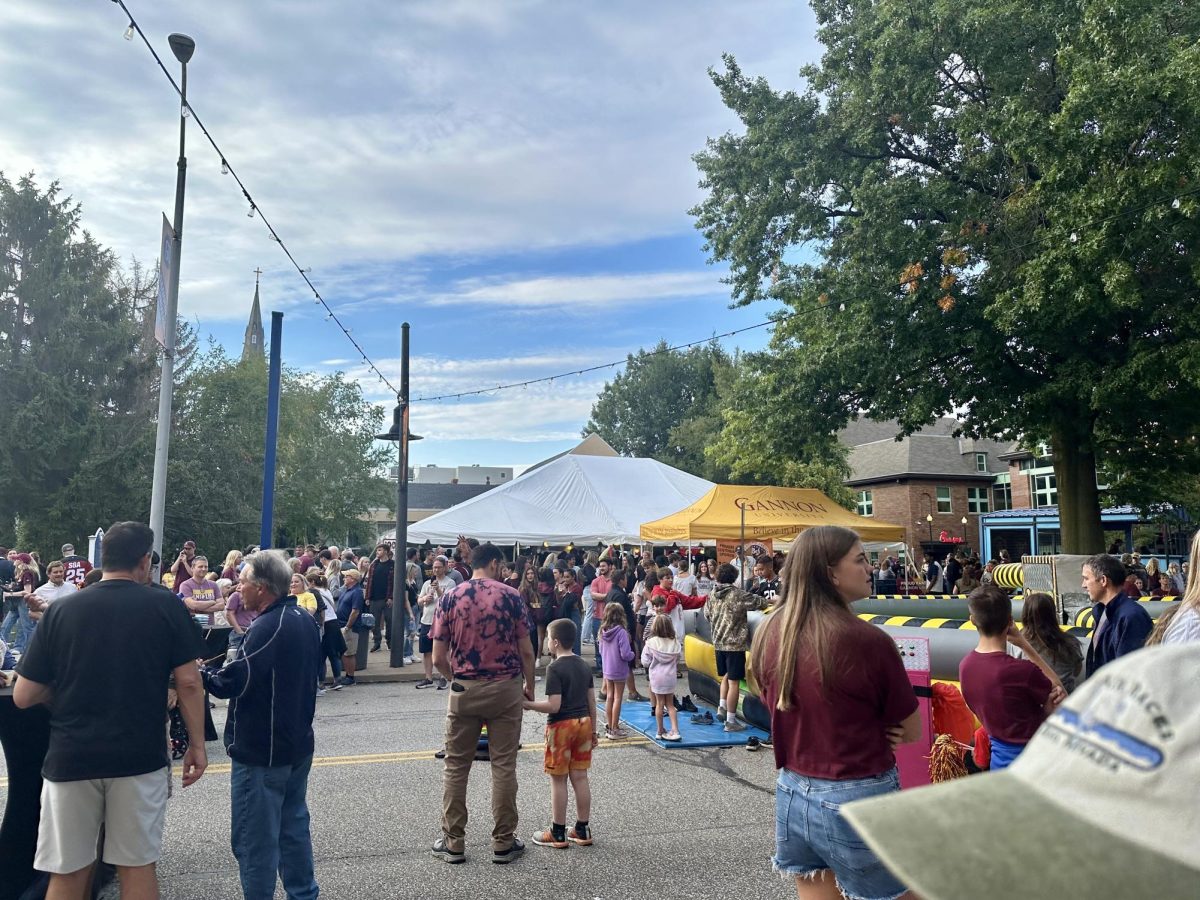When we look at the markers of an era, we usually classify it in two spectrums: the arts and politics.
For instance, if we look at the 1920s, we tend to think of flappers and ragtime music along with it being the era of Prohibition and the rise of women’s rights. An era is not just set in decades, though.
An era is any long and distinct period of history with a particular feature or characteristic.
When I look at an era, I tend to gravitate more toward the arts because I love to see the fashion, architecture and music that define the look and feel of the times.
Ordinarily, I don’t think about where the ideas and progressions in the arts came from, unless they are the obvious creators — who were the most influential painters, who wrote what songs, etc. — but there are many unsung influencers who play a role in creating the look of each era also.
The Erie Art Museum, in its exhibit “Styled by Adams: Streamlining America 1934-1958,” displays the story and impact of a local architect/designer/artist, Wilbur Henry Adams, who is one of these unsung influencers.
Adams was born in Erie and attended M.I.T. to study architecture. He showed talent and promise, which landed him a job with Raymond Hood’s firm in New York City.
Adams was one of the various architects to work on the design of the Rockefeller Center as well as the New York Daily News building.
By the time he was 26, Adams decided to branch out on his own and no longer work in anonymity. He opened a studio with his wife, Arleen, in Cleveland and found success after transitioning to industrial design.
Soon thereafter, he returned to Erie and worked from a studio in his home, where he designed and streamlined various appliances, tractors, gas pumps, toilets and even the SkyWay Drive-In.
But what exactly is streamlining? Streamlining is a late type of the Art Deco architecture and design that emerged in the 1930s.
Its style emphasized curving forms, long horizontal lines and sometimes nautical elements. Just think of the automobiles, appliances and architecture of the 1940s and 1950s to get a clear idea of what a streamline look is.
The exhibit showcases many of Adams’ sketches, along with some actual products, such as a gas pump built by Erie Meter Systems under his design influence. I am surprised at just how wide of a range Adams had in his designing. He didn’t design just buildings or just appliances. Yes, his sketches are of buildings and appliances — but also cars, tractors, gas pumps, logos, buses, bicycles and other odds and ends.
This exhibit exemplifies the progression of eras in design. Even if Adams did not have his Erie ties, the display of the influence one man can have on the look of an era would still be a worthwhile showcase. It puts a face to everything around us.
Adams, unfortunately, succumbed to his alcoholism at the age of 52, but in his short career he designed tens of millions of dollars’ worth of products. As per his own words, he envisioned “not the world of tomorrow, but of the world of the day after tomorrow.”
To be a part of an era in such a way is inspirational. As a girl with dreams of working in designs for theater and other fields, I love how the exhibit shows the versatility in design. I want to be a part of a culture in the way Adams was — by helping create what exemplifies the ideas for an era. And consequently, the ideas for “the day after tomorrow.”
CASSIE BIELECKI







